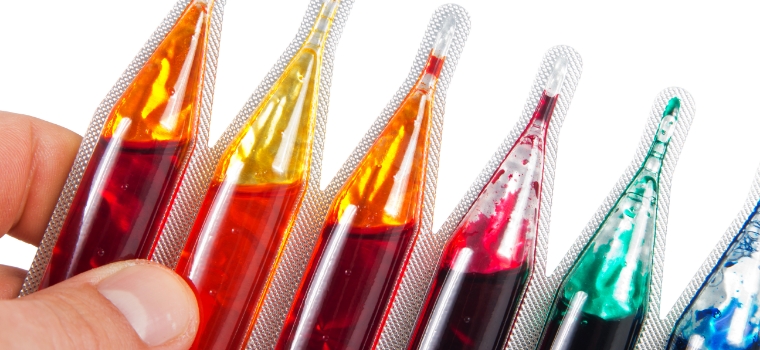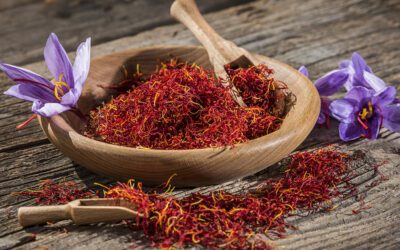Illegal Dyes

The color additives used in a lot of consumable products these days include illegal dyes. Ideally food colours are divided into two categories – natural and artificial. Natural colours or pigments are obtained from vegetables, plants, animals or other minerals, whereas artificial colours are developed in laboratory synthetically to give an aesthetically appealing look and feel to the product. These days consumption of naturally occurring colours has increased worldwide because of mass awareness. People are understanding the fact that toxicity of synthetic colours are harmful for their health. Illegal dyes fall under the category of synthetic colors.
In India, FSSAI is the governing body for standardizing and regulating use of food colors and prohibiting illegal dyes in food and beverages. FSSAI has permitted several colors under category of ‘Colouring Matter’ in the Food and Safety Standards (Food Product Standards and Food Additives) Regulations, 2011. FDA has also mentioned Color Additives (Dyes) use in Title 21 of the Code of Federal Regulations for international clearances. Cultivator Phyto Lab strictly always adhere to these norms and conduct transparent and authentic testing for dyes and colors in products (Human food, Beverages, Cosmetics, and medical equipment).
Identification of illegal dyes in product can lead to problems, restrictions, fines, and penalties on manufacturers and producers. Therefore, we strongly recommend that every product should be checked for illegal dyes before it is distributed in the market. Some of the illegal dyes that are found in the food commonly are – Sudan I to IV, Sudan Orange G, Sudan Red B, Sudan Red G, Sudan Red 7B, Sudan Black B, Synthetic Azo dyes like Butter Yellow, Para Red, Rhodamine B and Orange II. The product including these illegal dyes are considered carcinogens and teratogens. Therefore, they are banned by the statutory governing bodies across the world. Companies should also know that authorities like EU doesn’t permit use of natural dye annatto (E160b) in spices.
Producers and manufacturers are suggested to put their products through rigorous testing process in a reliable, trust-worthy, genuine, and state-of-the-art laboratory as Cultivator Phyto Lab. With the right analysis, they can develop a product befitting the international standards as well.
NEWS AND BLOGS
Find up to date information, news releases, and corporate publications for Cultivator Phyto Lab customers
Olive Oil Production and Olive Oil Testing in India
Olive is one of the oldest cultivated plants and is native to Italy and the eastern Mediterranean Basin. It is an evergreen with an average height of 6 to 9 meters and can survive in dry climates with high temperatures, temperate, cool dry climates during the winter,...
Saffron is the Most Expensive Spices in the World
Why saffron is the most expensive spice? Saffron carries the world’s most expensive food additive seasoning, which is derived from the stigmas of a purple flower of Crocus sativus Linnaeus, a member of the botanical family Iridaceae. Others refer to saffron as "golden...
Triphala is one of the world’s oldest medications
Introduction One of the most ancient polyherbal medicines ever discovered for the treatment of human multi-alignment is Triphala. It is formulated with the blending of three vital dry fruits, each in an equal proportion (1:1:1) of Amla (Emblica officinalis), Haritaki...



